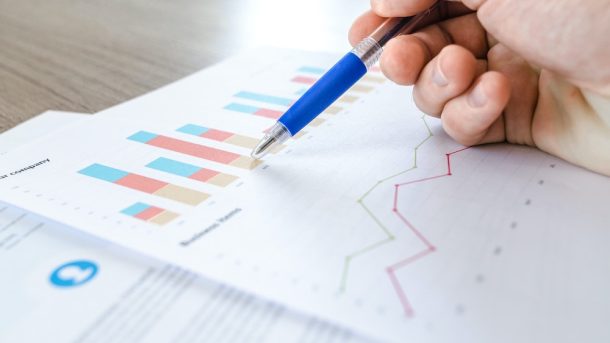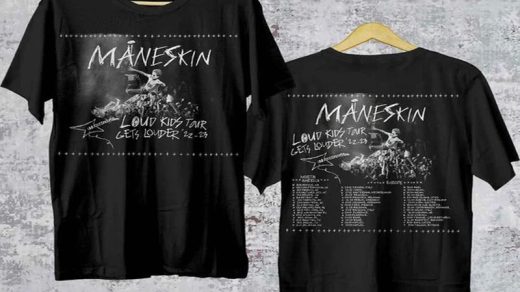Microeconomics is a branch of economics that focuses on the behavior of individuals and firms in making decisions regarding the allocation of scarce resources. It deals with how individuals, households, and businesses make choices to maximize their utility or profit within given constraints.
In the real world, microeconomics plays a crucial role in understanding various economic phenomena and making informed decisions. By analyzing individual markets, prices, and consumer behavior, microeconomics provides insights into how economic agents interact and allocate resources efficiently.
One common application of microeconomics is in pricing strategies. Businesses use microeconomic principles to determine the optimal price for their products or services based on factors such as demand elasticity, production costs, and competition. For example, airlines often adjust ticket prices based on demand fluctuations to maximize revenue while ensuring that seats are filled.
Another important aspect of Microeconomics 8th Edition Hubbard is market structure analysis. Different market structures – such as perfect competition, monopoly, oligopoly, and monopolistic competition – have implications for pricing behavior and efficiency. Understanding these market structures can help policymakers design regulations that promote competition and protect consumers from exploitation.
Microeconomic concepts also come into play when studying consumer behavior. By examining how individuals make choices about what goods to buy and how much to consume at different price levels, economists can gain insights into preferences, income distribution, and welfare implications. This information is valuable for businesses looking to target specific customer segments effectively.
Case studies provide concrete examples of how microeconomic principles are applied in real-world situations. For instance, consider the case of Uber’s surge pricing algorithm during peak hours. By dynamically adjusting prices based on demand levels, Uber aims to balance supply and demand efficiently while maximizing driver earnings. This strategy illustrates how firms use microeconomic tools to optimize resource allocation in response to changing market conditions.
In another case study involving environmental policy-making, economists may analyze the impact of carbon taxes on reducing greenhouse gas emissions. By internalizing the external costs associated with pollution through taxation mechanisms, policymakers can incentivize firms to adopt cleaner technologies while promoting sustainable development goals.
Overall, microeconomics offers a powerful framework for understanding economic decision-making at the individual level and its broader implications for society as a whole. By studying real-world applications and case studies across various industries and policy domains, we can appreciate the relevance of microeconomic theory in shaping our everyday lives.




